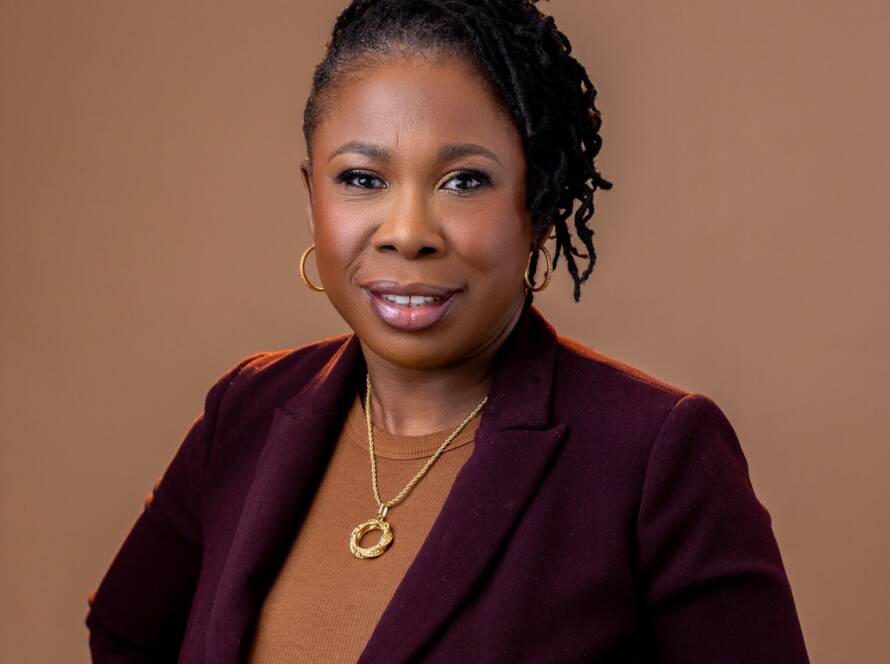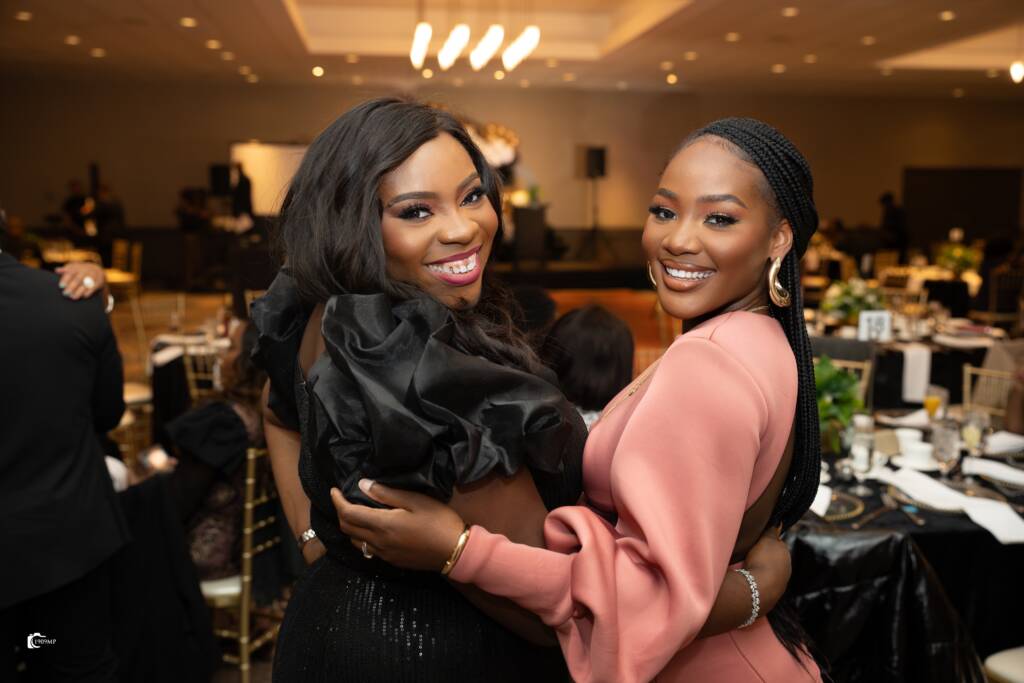When discussions about gender-based violence arise, the spotlight often shines brightly on women’s experiences. This is essential, of course, as we must acknowledge and support those who face these harrowing realities. However, it’s equally crucial to pull back the curtain on how men are affected by this pervasive issue.
As the founder of Ruth’s House Society in Calgary, a community-driven organization focused on addressing domestic violence, I’ve seen firsthand how societal norms and stigma can stifle the voices of male survivors. It’s high time we break that silence and reshape the narrative surrounding this sensitive topic. This need for men to be supported and belong to a community after experiencing or using violence birthed Mandela House.
The Reality of Male Victimization
In Canada, the statistics surrounding gender-based violence paint a stark picture. Nearly 1 in 10 men have encountered some form of sexual violence in their lifetime, a statistic that underlines the need for a broader understanding of victimhood. This reality is deeply troubling: men can also be victims of violence, yet societal norms often push them to remain silent. The stigma around male victimization creates an isolating experience, causing many to suffer alone.
Moreover, domestic violence against men is alarmingly prevalent. Recent studies indicate that 6.2% of men reported experiencing physical or sexual violence from an intimate partner within the last five years. These numbers often get overshadowed by the more visible statistics surrounding female victims, yet it’s vital to recognize that men, too, face violence in relationships, frequently without the support they need to recover.
Being A Male Survivor
Male survivors confront unique challenges in their healing journeys. Many grapple with feelings of shame or embarrassment, believing that they should be able to defend themselves or that their experiences won’t be taken seriously if they decide to speak out. This internal struggle can lead to enduring mental health issues, including depression, anxiety, violence and post-traumatic stress disorder (PTSD).
The consequences of these experiences stretch far beyond the immediate trauma. A study published in the Canadian Journal of Psychiatry found that men who experience violence are at a heightened risk for substance abuse and suicidal thoughts. Tragically, suicide remains the leading cause of death among men aged 15 to 44 in Canada as shown in a Discreet Investigations and security report by James Glanville in 2023. This alarming statistic should serve as a wake-up call; we must ensure that men feel safe to express their experiences and seek help without fear of judgment.
Embracing Vulnerability as Strength
In my work, I frequently observe that men often feel alienated when discussing their experiences with violence. They worry that speaking out will detract from the focus on female victims, perpetuating a cycle of silence. We must combat this notion by cultivating an environment where every victim’s voice is heard and validated. We must champion a culture of inclusivity, enabling men to share their stories without fear of repercussions.
Challenging the stereotypes surrounding masculinity is also essential in breaking the silence. Traditional ideals dictate that men should embody strength, stoicism, and self-reliance. These expectations create barriers that prevent men from acknowledging their vulnerability and seeking support. As we redefine what it means to be a man, we are nurturing a safe space where seeking help is viewed as a strength, not a weakness.
Addressing the Need for Support for Men
In our community, we started talking to individuals, community members, and leaders about the various forms of gender-based violence. One consistent message kept reoccurring: the need for support for men. Everyone emphasized that men needed a safe place to address their issues within the community, as discussing domestic violence and family challenges is still a taboo topic.
We needed to find a way to support men, so we created focus groups, including one with elders, which led to the establishment of Mandela House—a safe place for men who have used violence, been removed from their homes by the police, or experienced violence in their relationships. Mandela House provides a judgment-free environment where men can access the help they need.
At Mandela house, we take pride in being the only emergency shelter and transitional housing specifically for men facing challenges related to mental health and relationship issues. There is a significant need for more safe spaces where men can seek help.
When a man is forced to leave his home due to severe abuse from a partner, he often finds limited options for support. Many existing facilities cater primarily to men struggling with addiction or various mental health issues, without adequately addressing the impact of domestic violence. In contrast, there are numerous safe spaces available for women seeking shelter after experiencing domestic violence.
Programs for Healing and Empowerment
When someone contacts us about Mandela House, we conduct an intake assessment. If we have space, we bring them in; if not, we work with them in the community. We offer a program called the Brotherhood Circle, which allows men to engage in meaningful conversations about their challenges and receive support from one another.
We provide individual counseling and therapy because many men struggle to share their vulnerabilities without feeling judged. Our program emphasizes mental health checks, focusing on their emotional, spiritual, and physical well-being. We also promote mediation within families to facilitate healthy relationships moving forward.
Men have found a safe space in Mandela House where they can restore their masculinity without fear of judgment. Vulnerability is not viewed as a weakness; instead, it is celebrated as a strength. Our programs promote the idea that asking for help takes courage.
Bridging Gaps in Support Services
While we are proud to be the only emergency shelter and transitional housing for men without addiction or severe mental health issues, we recognize that there are still gaps in available services. Many resources are focused on individuals with addiction or serious mental health challenges, which can leave men experiencing relationship issues without adequate support.
Our goal is to bring everyone to the table to explore how each group can contribute to combating family and gender-based violence without assigning blame. We believe that a collaborative approach is vital; as a community, we must work together to address these issues holistically, focusing on the well-being of families and the community as a whole.
To effectively combat GBV, we must foster an environment where all voices are heard and valued. By emphasizing collective responsibility rather than blame, we can create a more supportive and effective response to this pressing issue.
We aim to continue expanding our programs and resources to better serve men in need, ensuring they receive the assistance necessary to overcome their challenges and build healthier relationships. As we move forward, I feel a renewed sense of hope. The path ahead may have its challenges, but every person who steps into our community brings a unique strength and resilience that inspires us all. It’s time for us to come together, to speak out, and to take action.
The Role of the Government and its Policies
The current legislative framework in Alberta is outdated and fails to address the needs of an increasingly diverse population, particularly as immigration continues to rise. With the influx of newcomers, a one-size-fits-all policy approach is inadequate; we must prioritize equity in policy development.
While the government has implemented policies to support other migrant communities in their settlement, there remains a significant gap in support for individuals of African descent. This lack of targeted assistance highlights the need for policymakers to actively engage with our communities.
It is essential that community voices are included in discussions when reviewing and redesigning policies. For instance, as the government develops a 10-year strategic plan to combat gender-based violence, I am pleased that they are reaching out to the Black community and engaging with faith-based organizations.
To achieve true equity in resources, funding, and services, it is imperative that we are seen and heard. We urge the government and policymakers to recognize our presence and needs and continue to invite us to the table. We ask them to continue to “see us, hear us, and help us.”
Remember that it truly takes a village to overcome this disease in our community. Instead of viewing ourselves as individuals or working in silos, let’s shift our focus to collaboration and collective action. Together, we can create the change we want to see.




